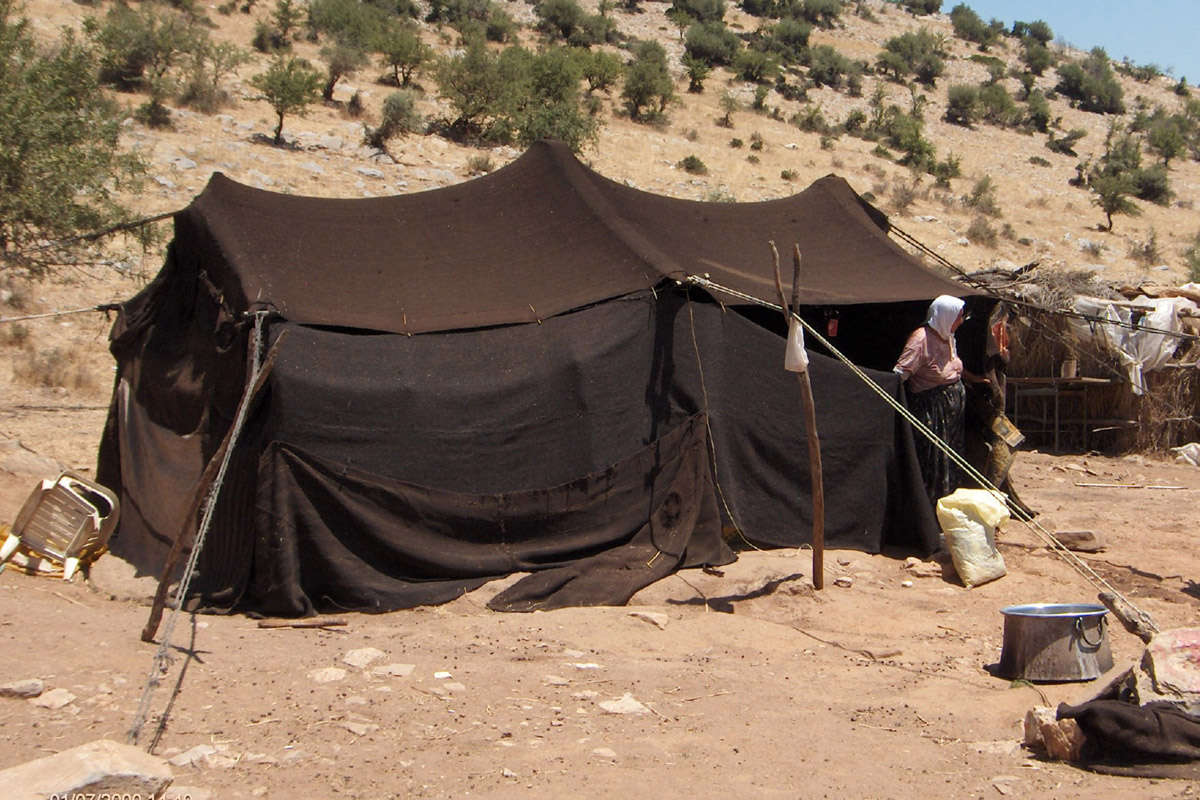After successful completion of the course, students are able to assess and apply basic scientific approaches and working methods for understanding, recording and documenting nomadic vernacular architecture in the context of the contemporary demands of a largely sedentary environment. The objectives of this course are to understand the basic characteristics of a vernacular building form that has developed in the cycle of daily and seasonal activities of nomadic culture, to gain practical experience with still existing black hair tents and their complex production as a little-known building form, to exchange ideas with people who live partly nomadically or have already settled down, and to experience the establishing of their building tradition in a vibrant world market in West Asia and North Africa as an example of the adaptability of historical architecture in the digital age.

The Yörük black hair tents are a vernacular tensile and mobile construction form of the Yörük nomads in Anatolia in Turkey. From around the 11th century CE, they were able to populate the initially very difficult areas near the Mediterranean coast by means of mountain nomadism. The history of these tents with black goat hair textile is an example of the extent to which their specific vernacular construction form, which is also used in variants east of Tibet through the West Asian region to the whole of North Africa, can support human life in extreme environmental conditions. From the context of demands between nomadism and sedentarism, the Yörük black-hair tent later developed analogies in regional solid construction, in the craft specialization of the villages of settled nomads, but also in the interaction between partly nomadic families.
In this course, Yörük nomads will talk about their lives and show their everyday routines, the students will visit and record active nomad camps with black hair tents, a village of settled Yörük nomads with historical stone buildings will be visited, which has specialized in textile production for black hair tents with an international market. In addition to modern quantitative production, we will also get to know quality-focused workshops that specifically use historical production techniques for the local clientele, the Yörük themselves. In the course of these experiences, the students gain insights into the technical requirements of a structural textile, as well as into the complex interrelationships of economic, resource-related and legal requirements for efficient production today.
The excursion in the Selcuk and Aydin area in western Turkey therefore offers an overview of a traditional way of life with a traditional building form to contemporary production from elements of this form for an intensively pulsating market in West Asia and North Africa.
The task of this course is to trace this phenomenon. Through access to the history of the tent, its applications, the biological origin of the weaving material made of goat hair, anthropological findings and the associated craft techniques, a fundamental understanding of the architectural form and its modernized further development is created. This understanding can then be applied to the scientific study of particular and little-known historical building technologies and their contemporary adaptation in a pluralistic environment.
Preliminary discussion will take place on 8 March 2023 15:00-17:00 in the seminar room at the institute.
The excursion is expected to take place from Wednesday 17 April 2024 to Wednesday 24 April 2024.
Accommodation: in Selcuk (one hour south of Izmir), favourable accommodation recommendation available. Accommodation and flight bookings are at your own risk, but we will go through safe booking platforms and essential points for consumer protection in the preliminary discussion based on experience.